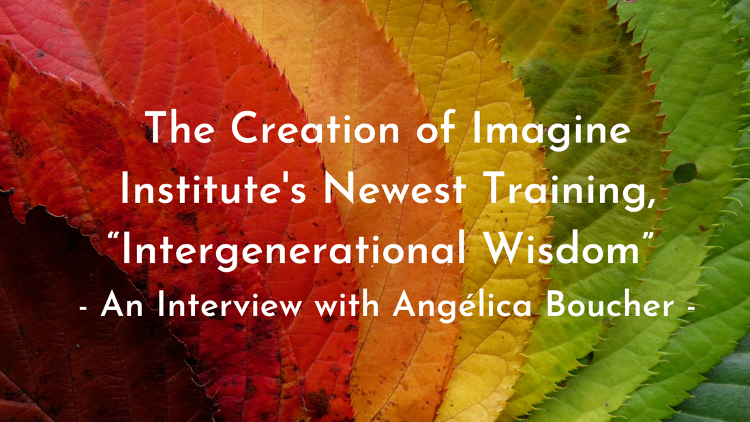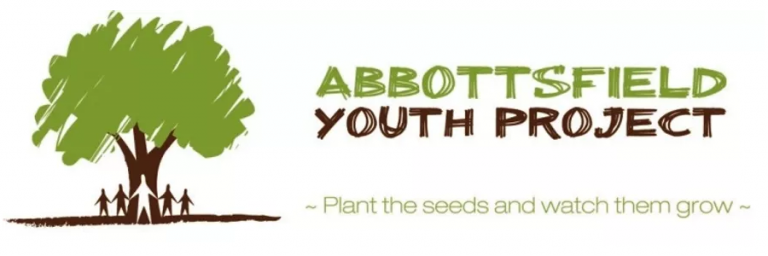How to Teach Empathy to Children
(The photograph above is courtesy of Jordan Whitt on Unsplash)
For those of us who have experiences with young children, I am sure it wouldn’t take long to recall a moment that required some guidance. It is a common occurrence for young children to just grab a toy from another when they want it to be their turn, or to use their hands when things may not go their way. These are age-appropriate reactions for young children who have not yet developed the ability to think of the other person’s feelings.
Many caregivers may question, ‘what is the best way to address this behaviour, time out, redirection, taking away the toy, or cause of the behaviour for a bit?’ Many professionals who have a background in child guidance would suggest that this event is a perfect opportunity for learning. Take this time to talk with your child and help them to understand the feelings of others by teaching them empathy.
Research on empathy suggests that this is not a skill that develops on its own, it requires learning. Parents and caregivers play a big role in supporting the development of empathetic understanding through experience, acknowledging, labeling feelings, and modelling empathetic behaviours.
Start Young
Start as early as possible. Although the development of empathy may come easier to some children, appearing more natural, all children require support to foster this skill. The importance of an early start allows caregivers to develop a habit of recognizing teachable moments, making use of each opportunity and supports a smooth transition from the ability to receive and understand the verbal direction to then being able to use the skills in their own interactions.
Acknowledge and Label Feelings
Following with the first piece of advice, this is a concept you will want to start early. For children to learn empathy they need to learn emotions. Children will experience and move through many emotions; however, they lack the ability to recognize, label, and regulate their feelings. As children experience emotions, acknowledge them and give them names by labeling them, supporting their ability to begin making sense of their emotional world. When a child appears sad try phrases like, “I see you're sad” or “when your sister took that toy from you it made you sad.”
Labeling feelings young will also support the next step of recognizing the emotions of others. As you support children’s understanding of feelings and events that provoke certain feelings this will support their ability to begin understanding events that may cause others to feel certain ways. As children grow older you can begin to ask questions like, “remember when your brother pushed you and how that made you feel? How do you think your sister feels when that happens to her?”
Just as children will learn from you taking the time to label the feelings they experience, labeling your own feelings will also support their learning. Adults are only human, you will experience your own emotions, take this opportunity to acknowledge and label this experience, modelling how you regulate and cope when you experience big emotions.
Model Empathetic Interactions
Modelling is one of the most influential teaching tools, children learn from watching the behaviours of others. Be empathetic in your responses and interactions as you parent and engage with others in the presence of your children. Although patience can be difficult to achieve when working with some frustrating meltdowns or behaviours it is important to respond as you would expect your child to. Through these difficult moments teach children acceptable ways to handle their feelings. Model appropriate ways to manage difficult emotions and situations, using your words and talking through it. When experiencing really big emotions take this opportunity to express the need for a break until you can regulate your emotions by taking a few breaths or having a drink of water, modelling appropriate ways to self-regulate and cool down.
As children grow and develop more language skills, they can learn empathy through discussions you have about their own experiences. Take time and ask questions about their experiences, asking questions about their feelings, and reflecting what you have heard them say. This will create an opportunity for children to clarify and accurately express their thoughts and feelings.
Reference
Bergin, S. (2011). Teaching Children Empathy. BYU Magazine












